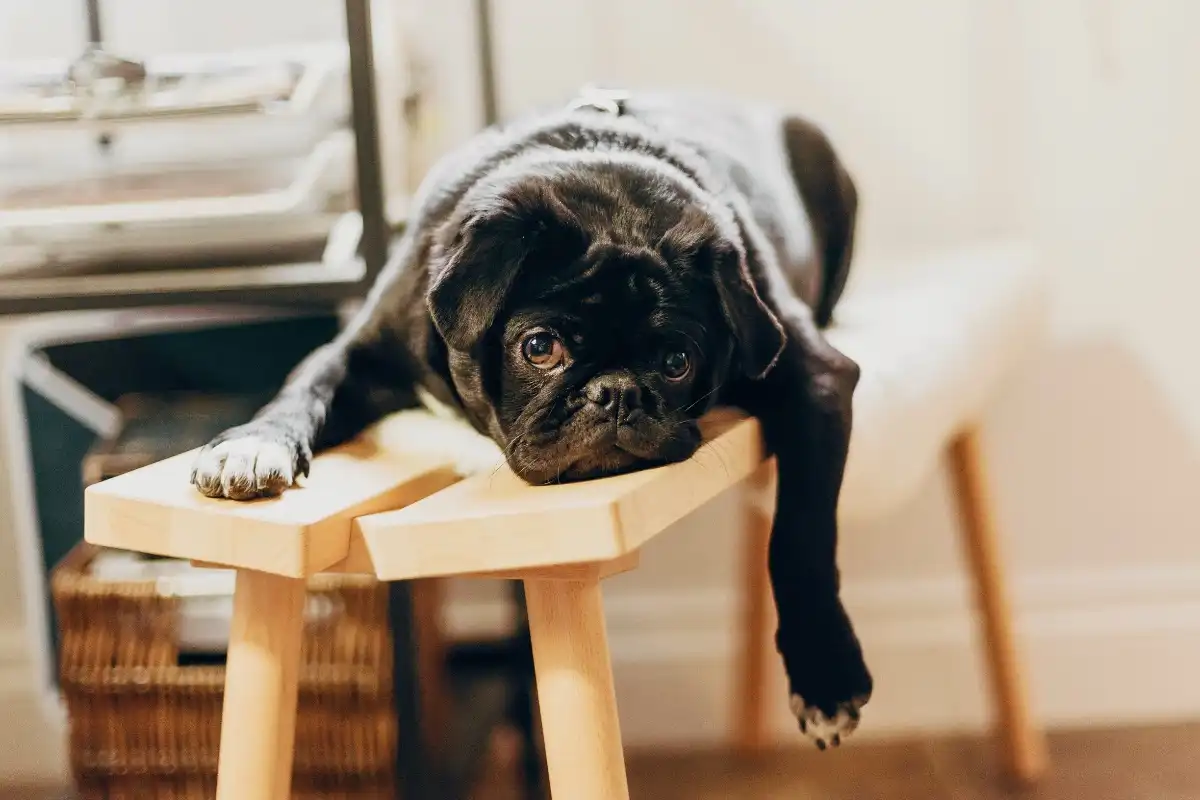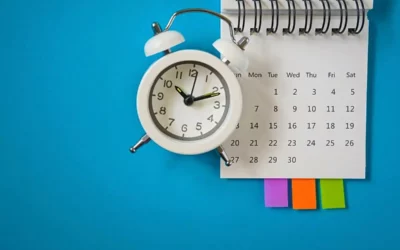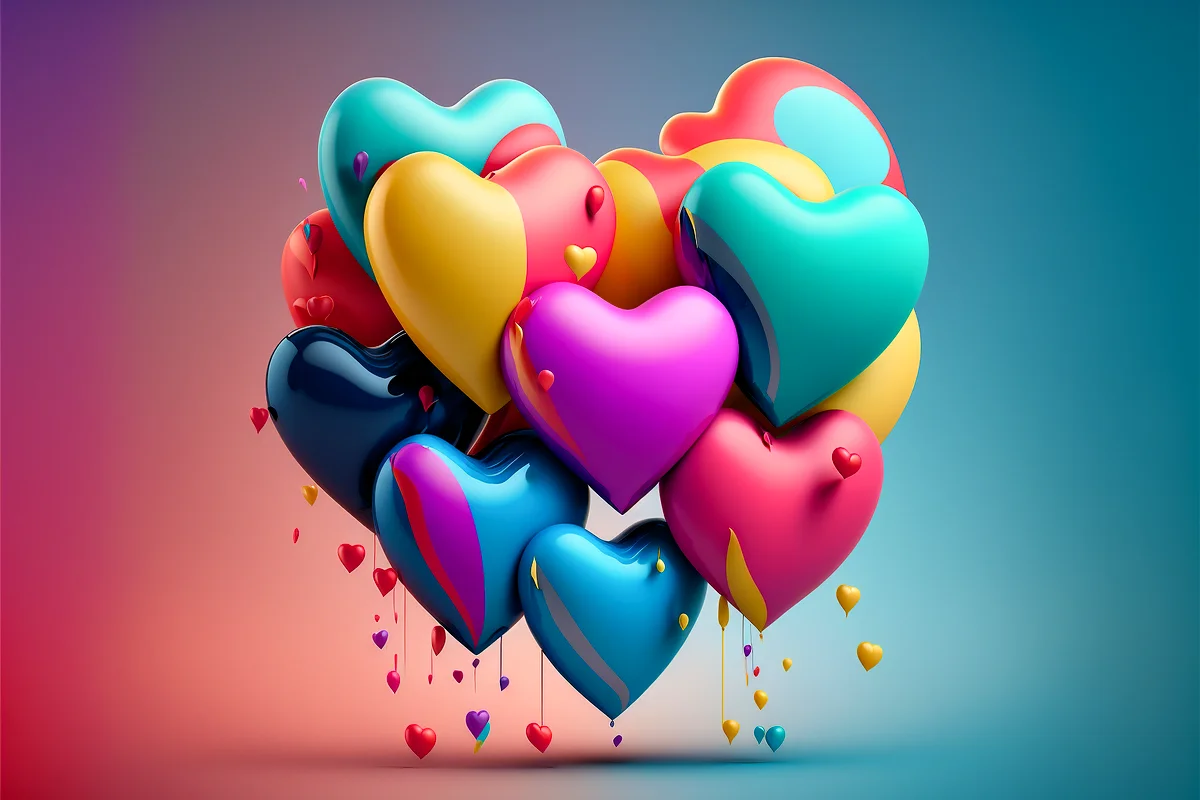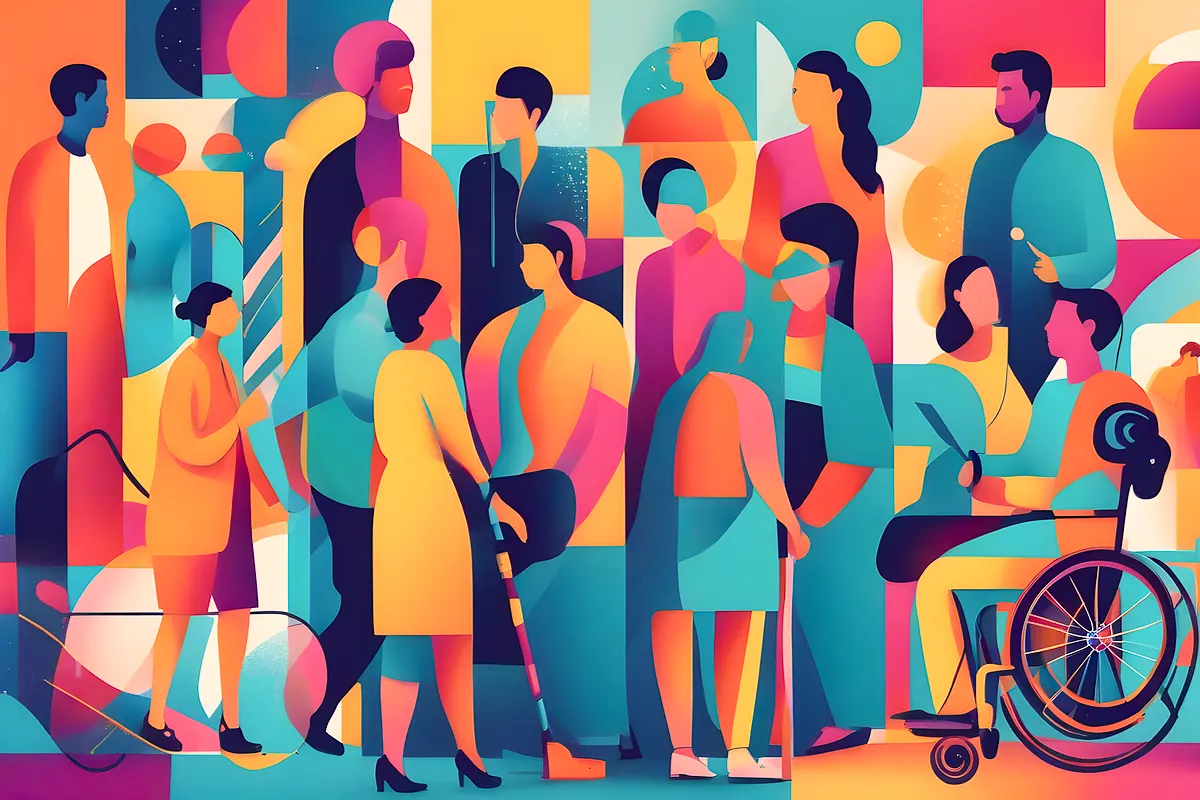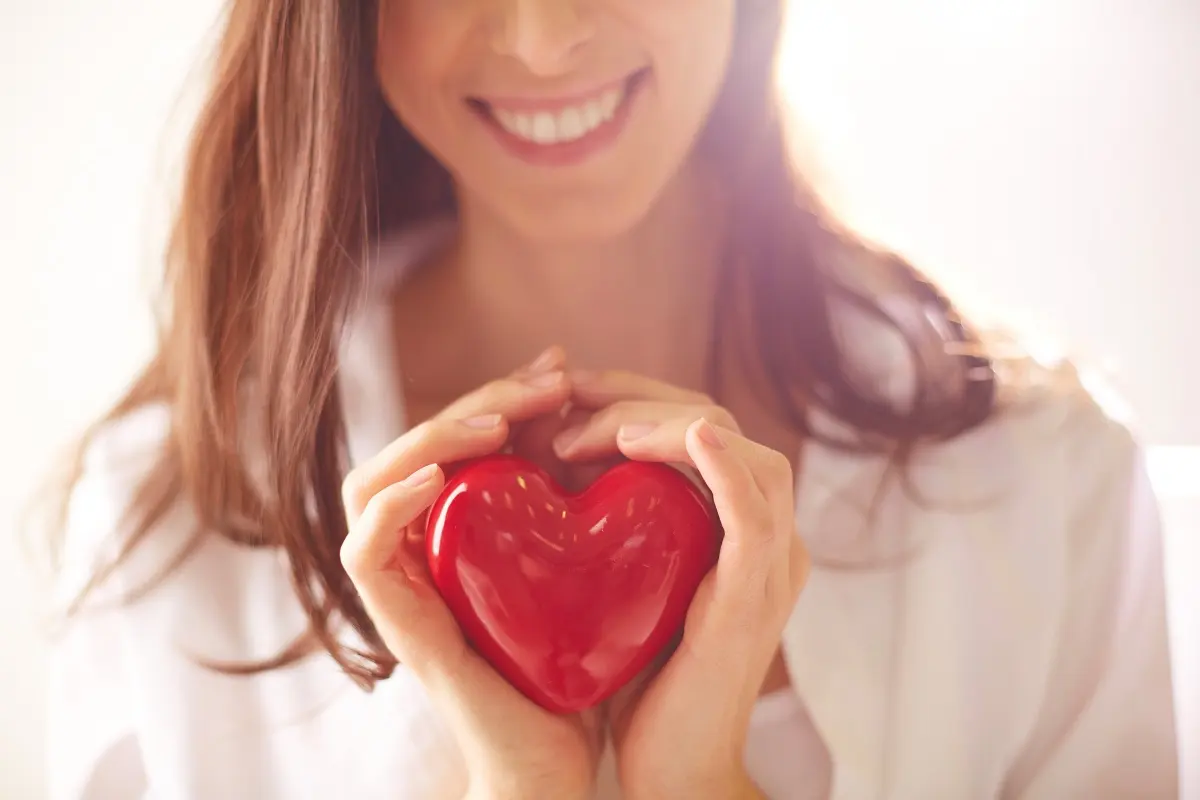The Lost Art of Doing Nothing
When was the last time you did nothing? And I mean nothing.
In today’s hyperconnected age, boredom feels like a relic of the past. For many of us, every idle moment is a cue to dive into our pockets, seeking that instant shot of smartphone entertainment.
For others, it’s not knowing where to draw the line between our lives and our work. We mistake our downtime with laziness. Furiously filling those spare moments with productive tasks. We fall into the classic trap. A perpetual cycle of busyness, burnout and guilt.
This has typically been me. Recently, though, I watched a TED Talk by Manoush Zomorodi, titled “How Boredom Can Lead to Your Most Brilliant Ideas.” It shed light on boredom’s potential as a catalyst for creativity, problem-solving, and emotional depth. Intrigued, I embarked on a quest to embrace more boredom and recalibrate my ties with technology.

Blurred lines
Usually, if I find myself floating between tasks, taking the train, sitting in a waiting room or even just crashing out on the sofa, I slip into that same old habit. Phone out. Fingers moving instinctively and systematically; searching for those go-to Apps (seriously, you don’t realise how much muscle memory you have until you move your apps around on your phone).
Refreshing news feeds, opening emails. Responding to emails. Just one more task. Just one more scroll.
Like many freelancers and remote workers, the boundaries between work and play can be blurred. For me, working from home involves a brutal commute from the bedroom to the dining room. And I’ll let you in on a secret: sometimes the commute is even shorter; from blissful unconsciousness to propped-up in pyjamas (special shout-out to my 6am train station peeps. I know your hearts must bleed for me. Soz).
Anyway, working in social media can blur things even more. Where does work end and life begin? It’s all right there in my pocket. Just one notification ping away from distraction.

A catalyst for creativity?
But when I decided to make more of a conscious effort to let the boredom set in, I was surprised at where my mind took me. I decided to set off on an expedition, letting ideas, worries and memories flow. Opening doors to insights beyond my routine thoughts.
For the first time in ages, I let my mind drift when I had the opportunity. And I unearthed the creative reservoirs lurking in my subconscious. Pictures I wanted to paint. Hobbies I’d let stagnate. Worries I needed to articulate. Things started to crystallise.
In a frenetic world obsessed with deliverables and results, the art of doing nothing is a tricky one to master. It’s not about passivity or wilful ignorance, but the potential we create by refusing productivity and redirecting our attention inward.
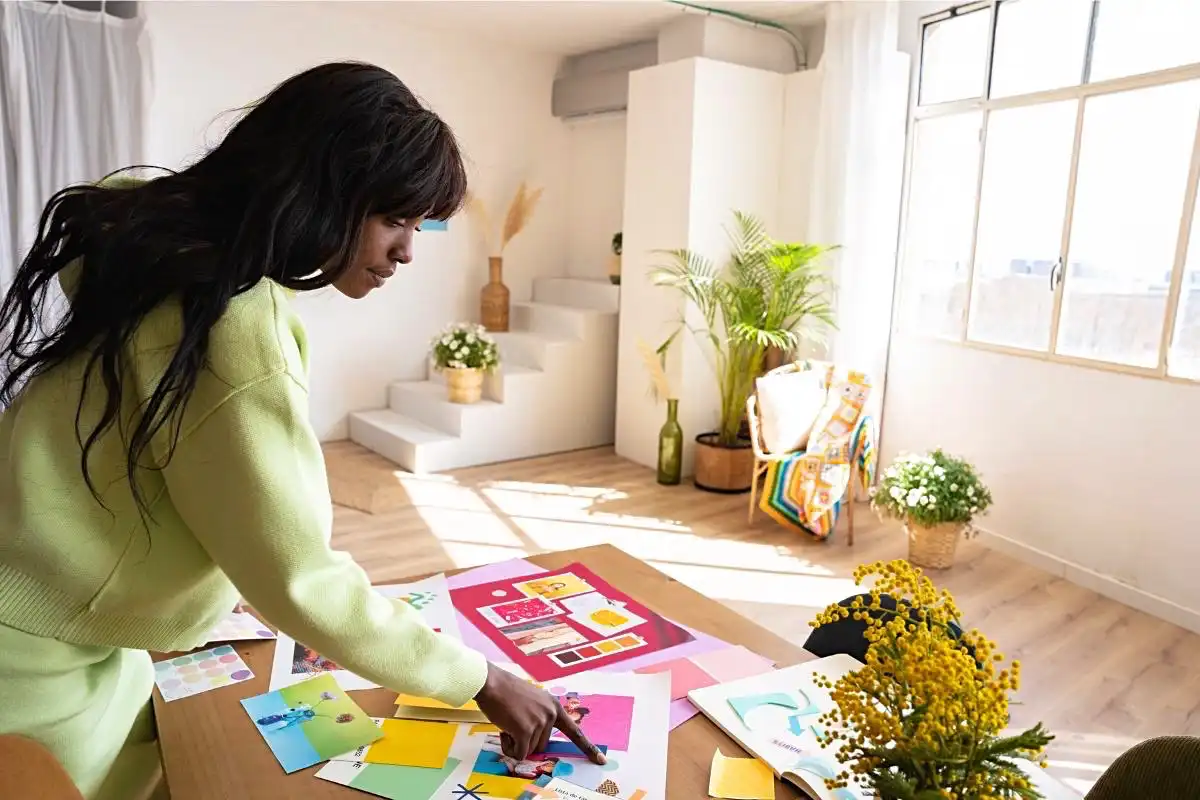
I’m finding it more and more crucial to engage with my gadgets mindfully to relieve my guilt to always be on (ABO is the new FOMO, didn’t you know?)
You aren’t lazy, you just need to slow down
Society’s got this annoying way of making us feel like if we’re not always “on the go”, then we’re falling behind. Well, I say CODSWALLOP to that (yep, this is my word of the week). This whole stigma can trap us into believing we’re never doing enough. And I’m, quite frankly, done with it.
Being labeled “lazy” has somehow become one of the worst things. It’s like wearing a badge that says, “I’m not efficient, I’m not successful.”
But what if our “laziness” is just our body and mind telling us they need a breather? Maybe instead of drowning ourselves in another cup of coffee or pulling yet another all-nighter, we should listen to that feeling and take a moment to recharge.
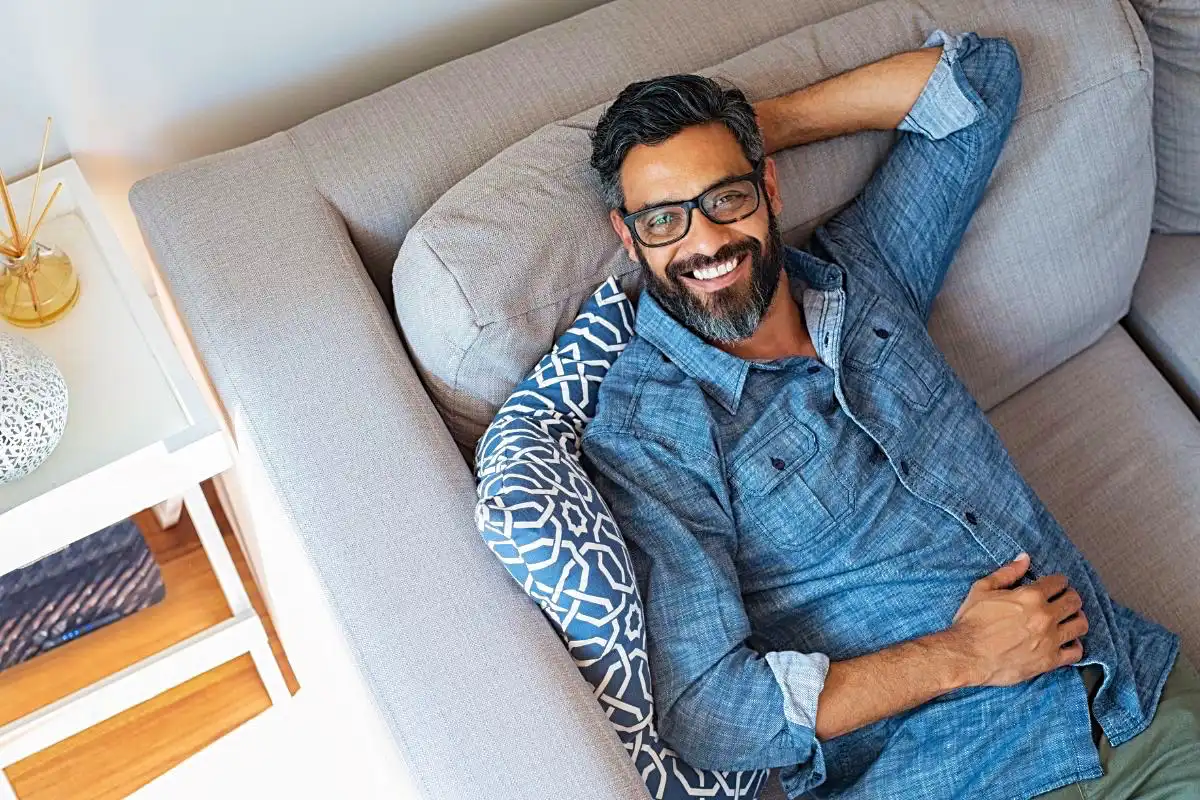
Mental health benefits
Doing nothing also comes with a whole heap of science-backed health benefits – from reduced blood pressure, to more relaxed skeletal muscles, and better concentration.
But, given our constant motion-driven lifestyles, embracing ‘laziness’ can initially feel a little unsettling. If the sheer thought of doing nothing sets your heart racing, you’re not alone. For many, the idea is too overwhelming to confront. But, trust me, breaking through this initial anxiety is worthwhile. Psychology Today offers some great insights and actionable tips on how to navigate these feelings.
Embracing the boredom
Here are some of the practices I’ve been exploring so far;
Cherishing the quiet
Taking a minute to breathe in my car after a hectic supermarket run, letting my thoughts wander during a leisurely shower or purposefully sitting in peace while the kettle boils. Sandwiching-in these little moments of calm can be a sanctuary for our busy minds.
Setting digital boundaries
A practical digital detox was in order! But rather than a complete digital abstention (I do have a job in digital marketing after all) I opted for reduced accessibility – granting my mind a little room to flourish.
First, I swapped my phone alarm for a clock alarm. I intentionally left my phone plugged in on the other side of the room (because as if i’m going to get out of bed to turn it off!). And now, instead of reaching for my phone first thing in the morning, I let my thoughts drift.
Then it was time to shake up my home screen. I knew that if I moved the Instagram, Facebook, TikTok icons away from my phone’s forefront, I’d be less tempted to tap.
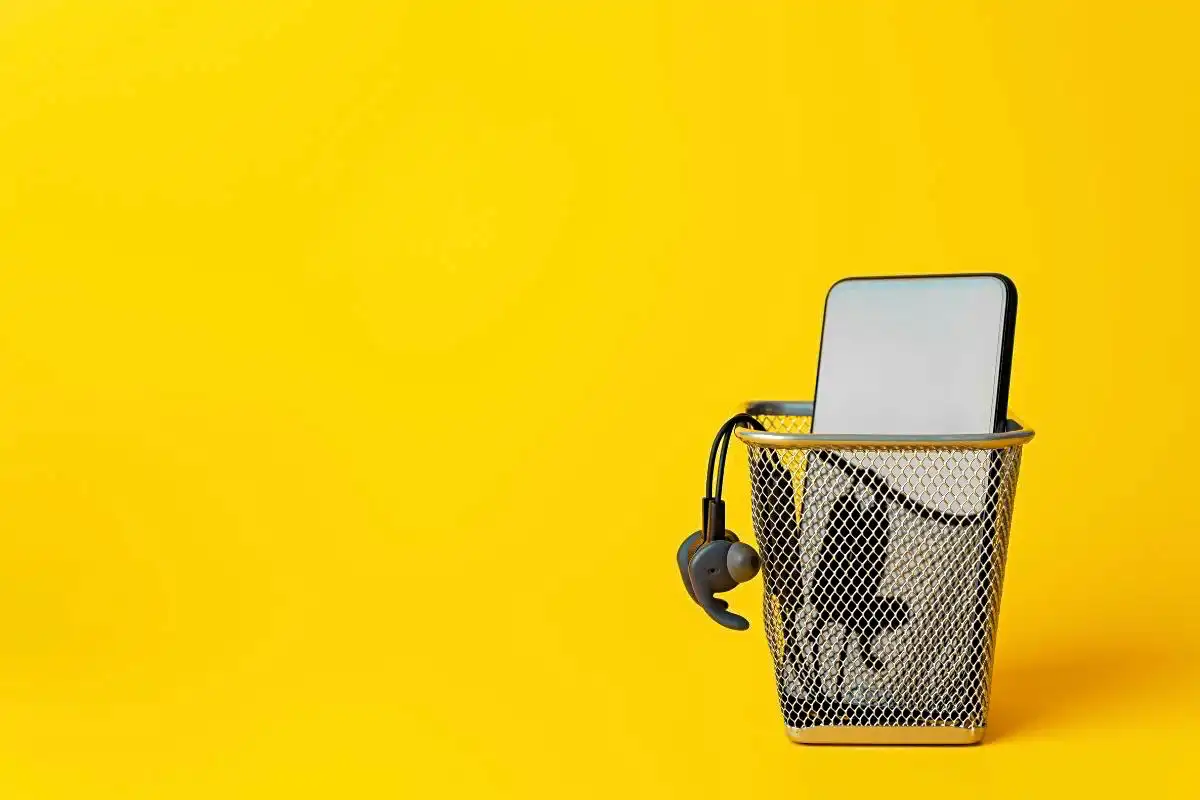
Purposeful tech interactions
I’ve started to approach technology with clear intent, questioning the purpose behind each engagement. The idea is to ensure my devices remain my allies, not my masters. This one’s much harder to do because our interactions with our phones have become so ingrained. Subconscious even. But unpicking these patterns of behaviour can be done!
Over the last few weeks, my dive into bordedom has been pretty eye-opening. I’ve carved out spaces for peace, inspiration and self-development. I’ve also found myself gravitating to my bookshelf (can recommend Jenny Odell’s book: How to Do Nothing: Resisting the Attention Economy).
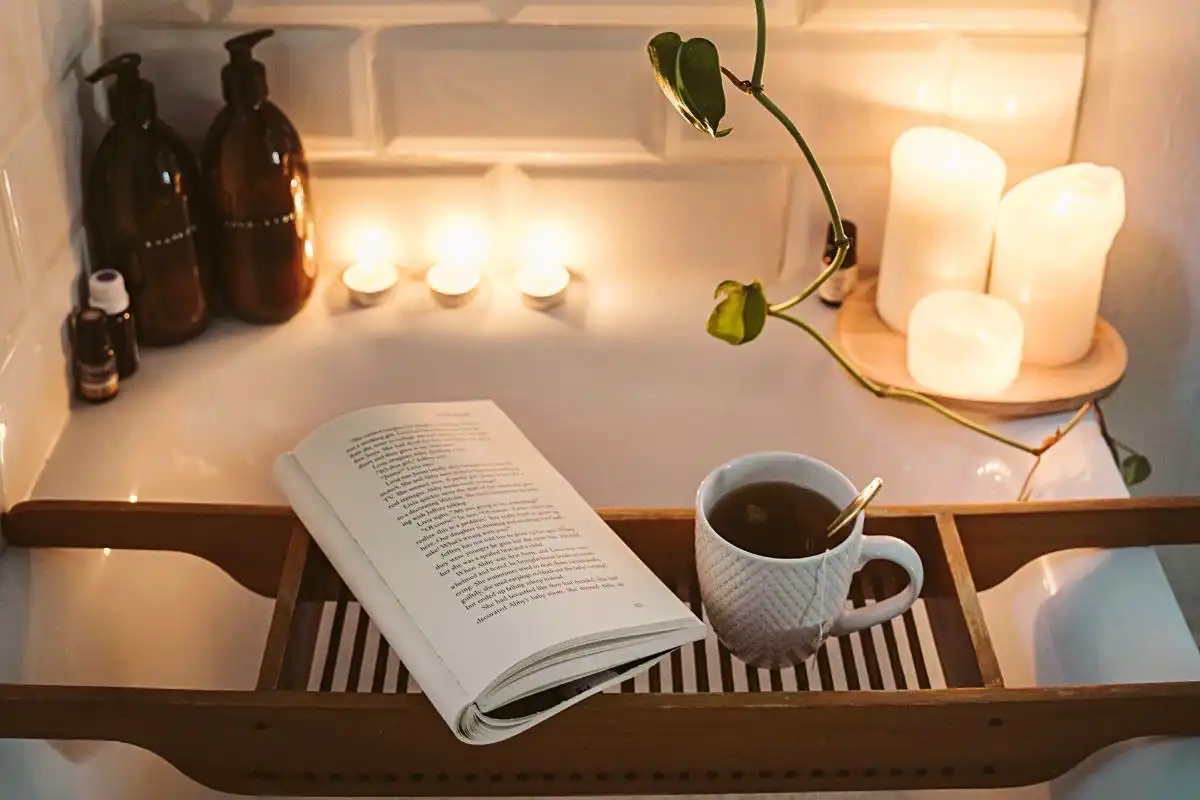
Now, when my hand instinctively reaches for my phone or laptop, I take a beat. I ponder on granting my mind its whimsical journey or refocusing my energies elsewhere. Sometimes I give in. After all, old habits die hard. But it’s a journey.
Do you have any tips on how to do nothing? We’d love to hear them! Follow us on Instagram to join the conversation.
Keen to learn more about setting healthier digital boundaries and leading a less stressful life? Check out our Stress Management or Digital Well-Being courses.

